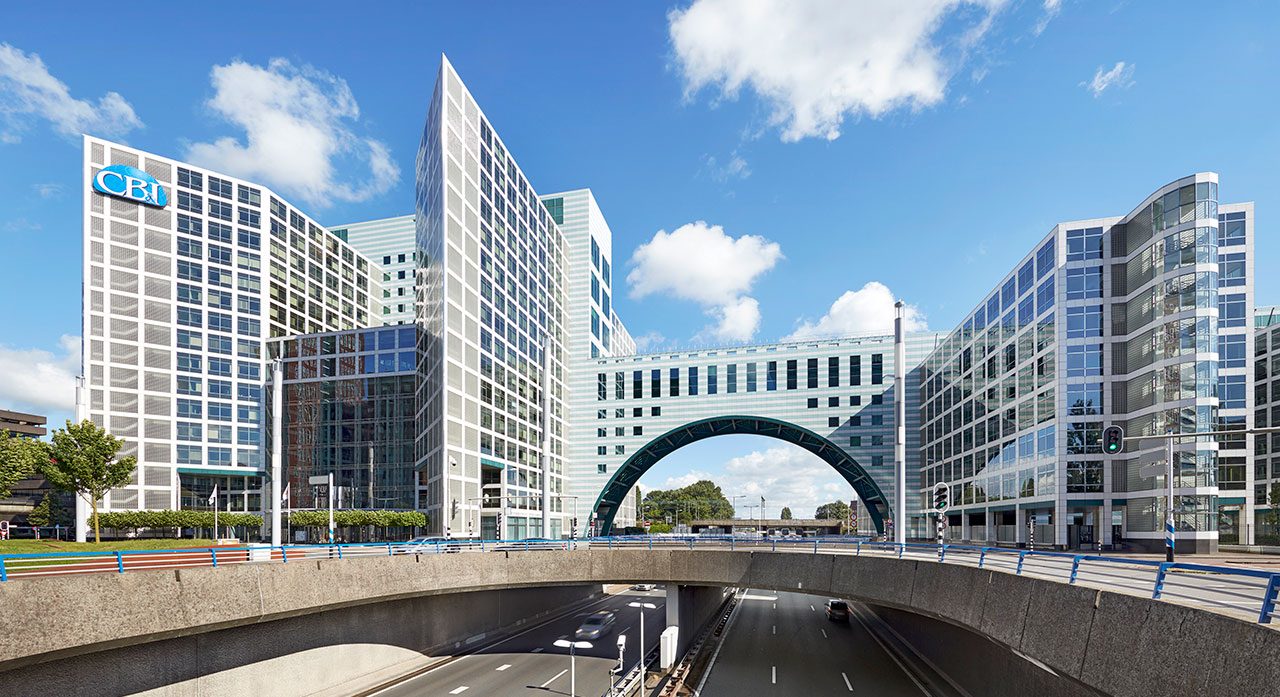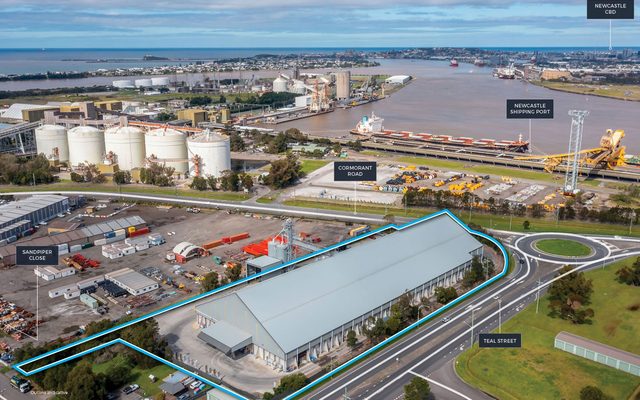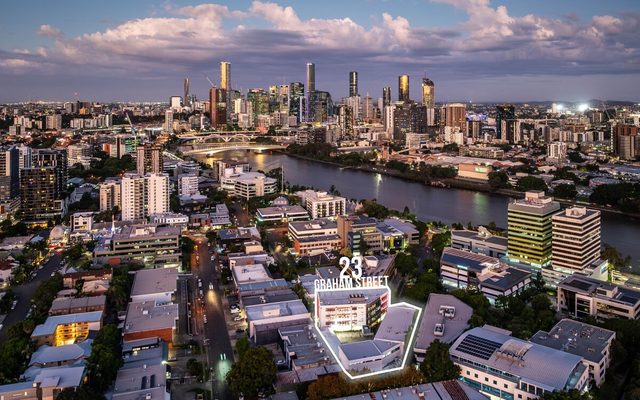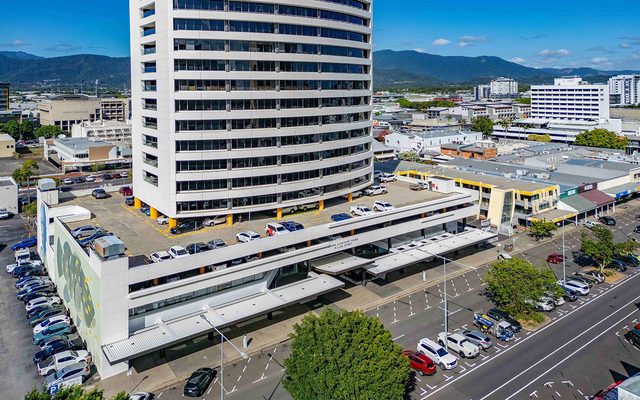This article is from the Australian Property Journal archive
WEAKENED office values and write-downs from the sale of its European platform saw Cromwell Property Group’s full-year result fall nearly 20% further, to a $531.6 million loss.
Cromwell announced the European exit in May for $457 million, just a week after sealing the $465 million sale of its portfolio of Polish shopping centres. It is looking to pivot back to its Australian operations, where it manages an investment portfolio of $2.2 billion and a funds management platform of $2.3 billion.
Sale proceeds from the sale of European business will be returned to Australia to reduce group net debt to approximately $670 million – it sat at $1.74 billion at the beginning of FY24 – and headline and look-through gearing down to around 28.8%.
Cromwell’s sell-down of secondary assets has also eaten into its debt and gearing levels.
“Cromwell has reached a significant and exciting turning point in the group’s strategy execution. The sale of $1.6 billion of non-core assets over the last few years has positioned the group well, with low debt and gearing, providing investment capacity for value accretive growth in Australia moving forward,” said Cromwell chair Gary Weiss.
“The group is committed to redeploying capital locally as Cromwell transitions to an Australian capital light fund manager, drawing on capital sources from existing and new capital partners.
“The focus will remain on traditional property sectors in core markets where Cromwell has a strong track record of active asset management, driving value through active leasing activities, asset upgrades and ESG repositioning.”
Jonathan Callaghan, Cromwell CEO said the group remains focused in the near-term on the completion of the sale of the European platform and orderly transition of business operations.
“As we near the bottom of the cycle, Cromwell will be well positioned to take advantage of market opportunities, deploying our balance sheet with discipline to grow through platform acquisitions and new product launches.”
Cromwell’s portfolio of eight office assets was valued at $2.2 billion at the end of June, with 68.1% of income derived from government tenants, Qantas and Metro Trains.
Valuations of the investment portfolio were down 5% for the half-year.
Around 40,000 sqm of leases were signed during the financial year, including the retention of AECOM, TechOne and Metro Trains, totalling 27,000 sqm in two key assets. This supported occupancy of 94.1%, NOI growth of 0.3% on a like-for-like basis and improved portfolio weighted average lease expiry to 5.4 years.
“Importantly, retention of these large tenants, well in advance of their existing lease expiries, has helped to reduce leasing risk over the next three financial years,” Cromwell said.
The full-year announcement came as Cromwell Funds Management, on behalf of the Cromwell Direct Property Fund, offloaded a Brisbane near-city office building off-market at 433 Boundary Road Spring Hill to a local Brisbane investment group.
The deal, struck at just over $41.5 million, reflects a passing yield of approximately 8.09%,.
Cromwell had bought the refurbished three-level, 6,000 sqm building at the end of 2017 for $42 million, on a 6.7% yield. At the time it had a weighted average lease expiry of 12 years. secondary education provider IES College now has about five years remaining on the lease.
The asset is on a prominent 3,776 sqm landholding and located one kilometre from the CBD.
JLL’s Elliott O’Shea and Seb Turnbull handled the sale.
“Elevated construction costs, partnered with the current cost of capital, are making new office development of any scale challenging. This, coupled with a buoyant leasing market, has led to double-digit rental growth, which is stoking investor interest and demand for counter cyclical office opportunities,” O’Shea said.
Cromwell Direct Property Fund had all assets revalued during FY24 to $529.95 million, 2.4% lower over six months. Occupancy was at 93.3%, with more than 12,000 sqm over the financial year.
During FY24, Cromwell negotiated a $1.2 billion lending facility which will be linked to sustainability and reducing gender pay gap targets.





